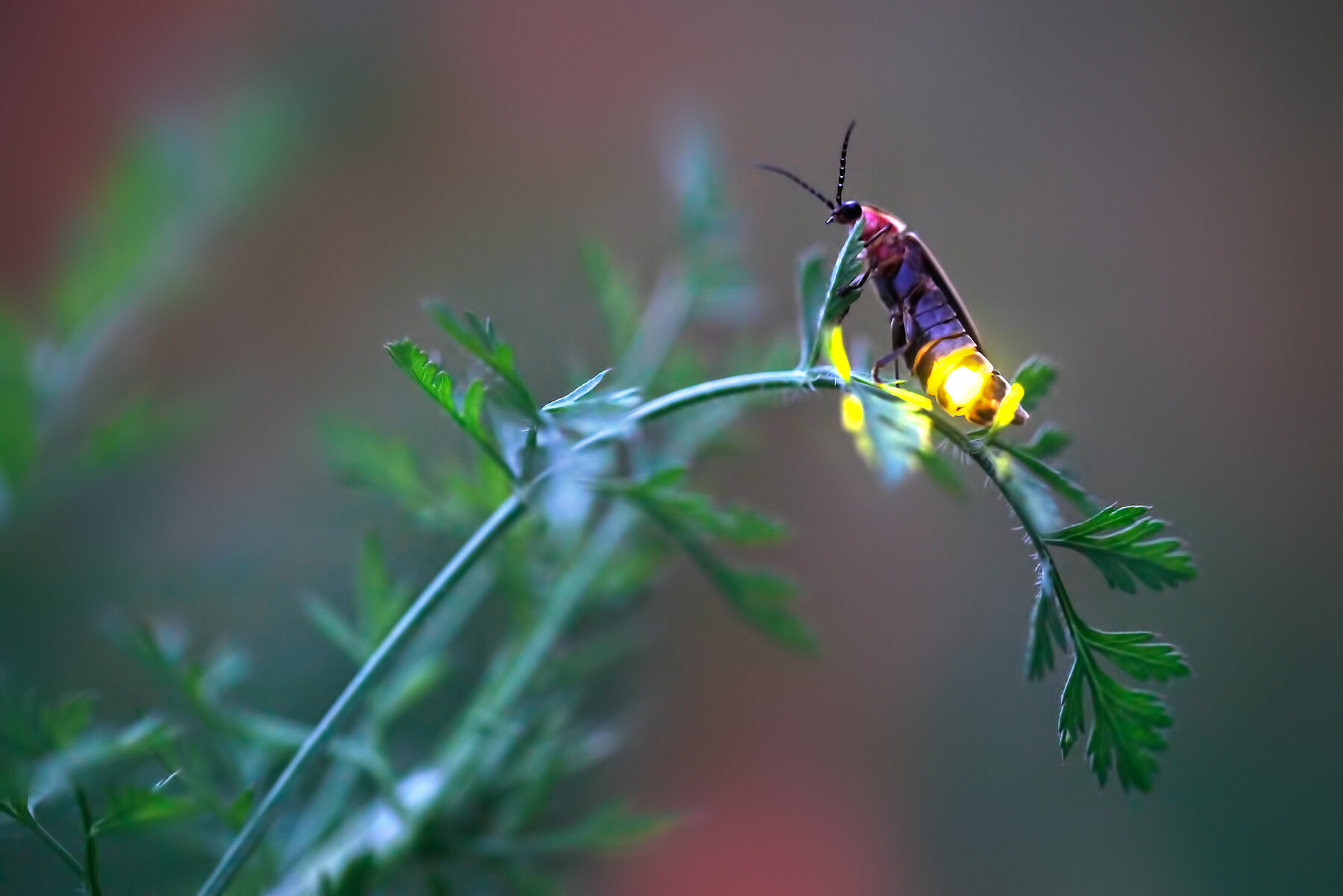
Ever wondered why those tiny, twinkling bugs light up your summer nights? Well, guess what? There's a whole day dedicated to celebrating these magical creatures – Firefly Day on April 24th! Firefly Day is not just about admiring the beauty of fireflies; it's a day packed with fascinating facts that shed light on their intriguing lives and the vital role they play in our ecosystems. From their unique bioluminescent abilities to their contribution to scientific research, fireflies have more to offer than just a pretty light show. Ready to illuminate your mind with some glowing facts about these enchanting insects? Let's dive into the luminous world of fireflies and discover what makes Firefly Day a flickering spectacle worth celebrating.
Key Takeaways:
- Firefly Day, celebrated on April 24th, raises awareness about the importance of fireflies. They are bioindicators and face threats from habitat loss and light pollution. Celebrate by participating in local events and creating a firefly-friendly habitat.
- Fireflies are not flies, but beetles with incredibly efficient light. Their light patterns serve as mating signals and warnings to predators. Celebrate Firefly Day by sharing knowledge, experiences, and creating a safer environment for these magical insects.
What is Firefly Day?
Firefly Day, celebrated on April 24th, is a day dedicated to appreciating and raising awareness about fireflies. These tiny, luminescent insects have fascinated people for centuries with their magical light shows at dusk. The day encourages us to learn more about fireflies and the importance of protecting their natural habitats.
Why Celebrate Fireflies?
-
Fireflies are bioindicators. Their presence or absence in an area can tell us a lot about the health of the environment. Celebrating Firefly Day helps spread awareness about the importance of ecological balance.
-
They have unique light patterns. Each species of firefly has a distinct pattern of light flashes, which they use to communicate, especially for mating purposes. This makes observing them a fascinating experience.
-
Fireflies face threats from habitat loss and light pollution. By celebrating Firefly Day, we highlight the need to protect these creatures and their habitats from the adverse effects of urbanization and excessive artificial lighting.
How to Celebrate Firefly Day
-
Participate in local events. Many communities organize walks, talks, and educational programs about fireflies around April 24th. Joining these events can be a great way to learn and show support.
-
Create a firefly-friendly habitat. You can celebrate by planting native trees and shrubs, reducing pesticide use, and turning off unnecessary outdoor lights, creating a safer environment for fireflies.
-
Share knowledge and experiences. Use social media or community gatherings as platforms to share facts and personal stories about fireflies. This can help spread enthusiasm and awareness.
Interesting Facts About Fireflies
-
Fireflies are not flies. They are actually beetles. The term "firefly" is a bit misleading, as these insects belong to the beetle order Coleoptera, not Diptera, which includes true flies.
-
Their light is incredibly efficient. Firefly bioluminescence is one of the most efficient lights in the world. Nearly 100% of the energy in the chemical reaction within their bodies is converted into light, resulting in very little heat loss.
-
Fireflies use their light for survival. Beyond mating signals, firefly light patterns can also serve as warnings to predators, indicating that they might not be a tasty or safe meal.
A Final Glance at Firefly Magic
Firefly Day, celebrated on April 24th, shines a spotlight on these enchanting creatures and their role in our ecosystems. From their unique bioluminescence to their contribution to scientific research, fireflies light up our world in more ways than one. This day isn't just about appreciating their beauty; it's a call to action for conservation efforts to protect these luminous beings and their habitats. Engaging in activities like turning off outdoor lights and supporting wetland preservation can make a big difference. Let's not forget, every flicker in our backyards is a reminder of the magic that exists in nature. Firefly Day encourages us to pause, observe, and protect these tiny wonders. Let their light inspire us to contribute to a brighter future for all species.
Frequently Asked Questions
Was this page helpful?
Our commitment to delivering trustworthy and engaging content is at the heart of what we do. Each fact on our site is contributed by real users like you, bringing a wealth of diverse insights and information. To ensure the highest standards of accuracy and reliability, our dedicated editors meticulously review each submission. This process guarantees that the facts we share are not only fascinating but also credible. Trust in our commitment to quality and authenticity as you explore and learn with us.
